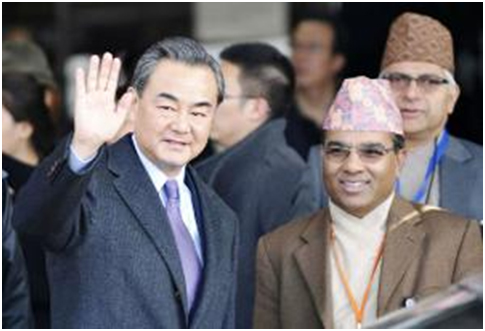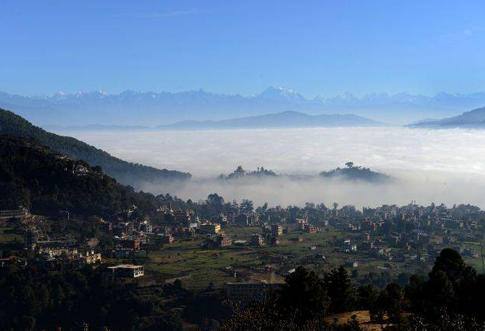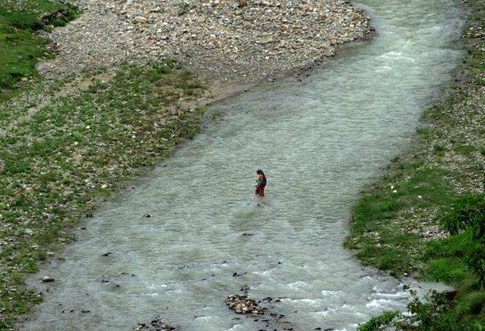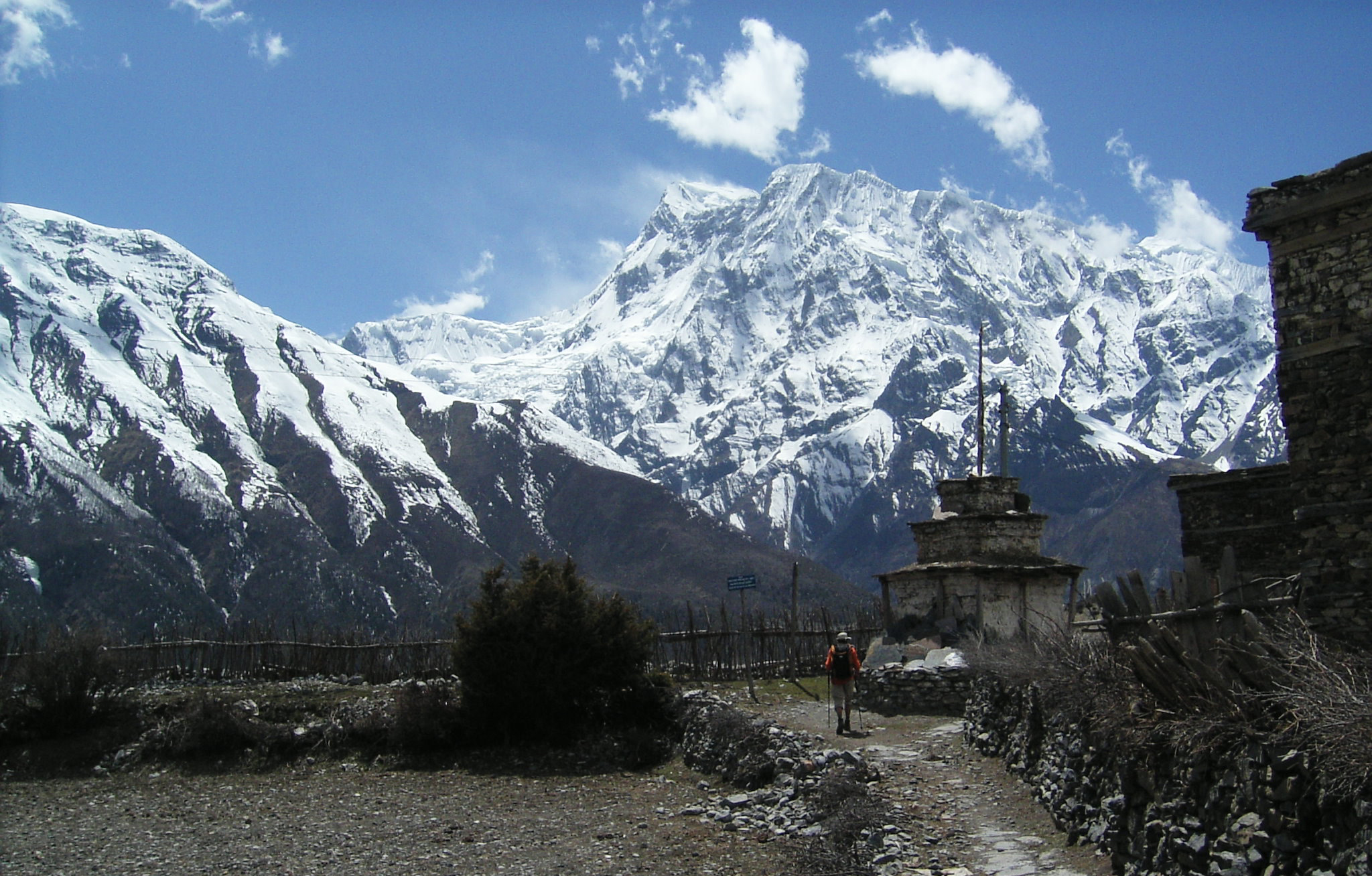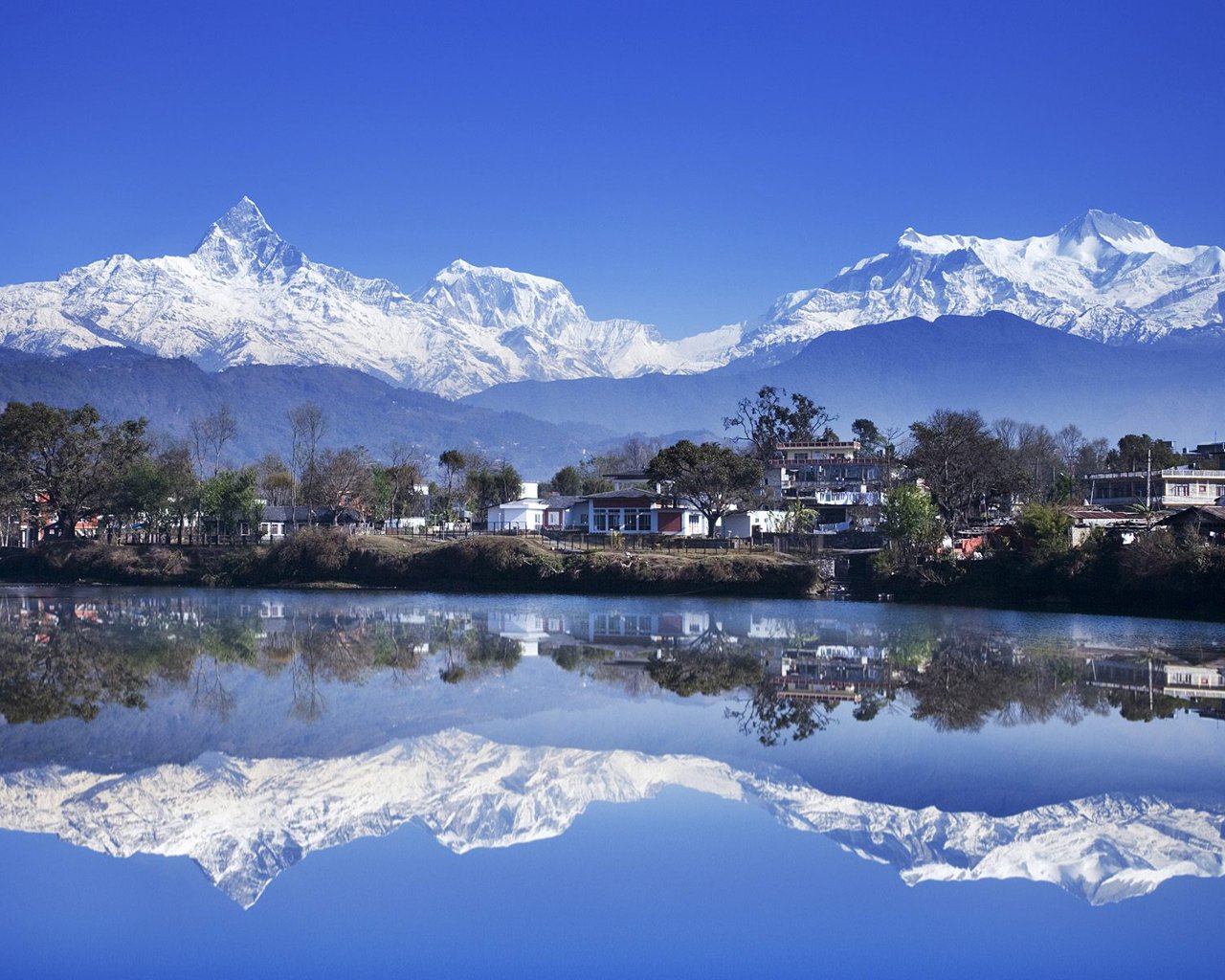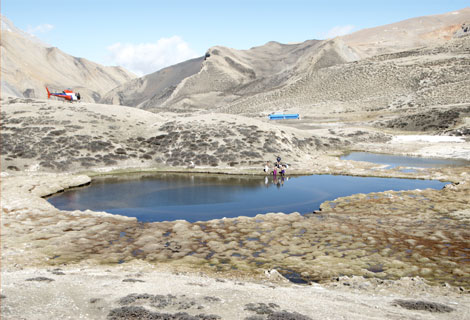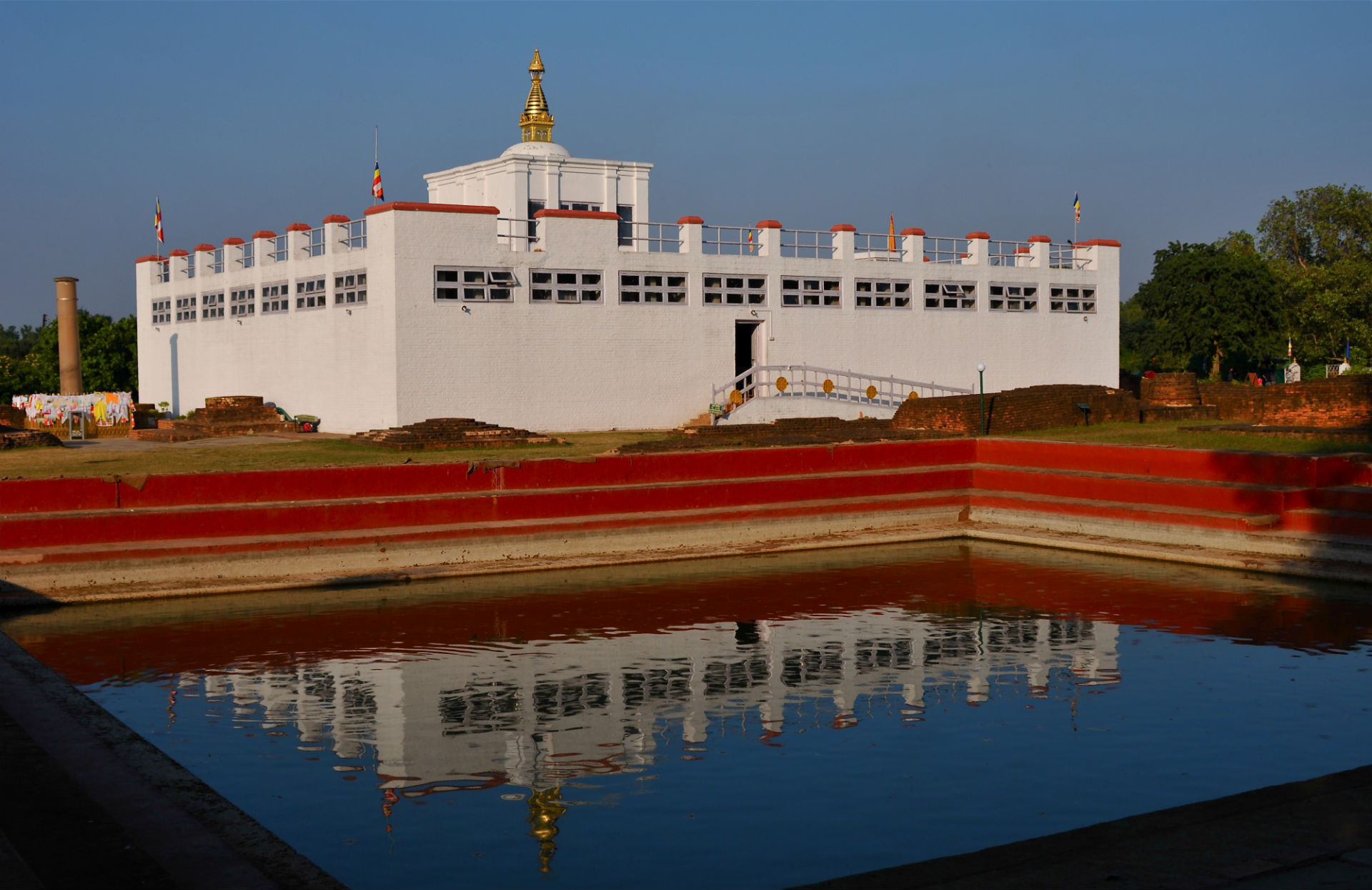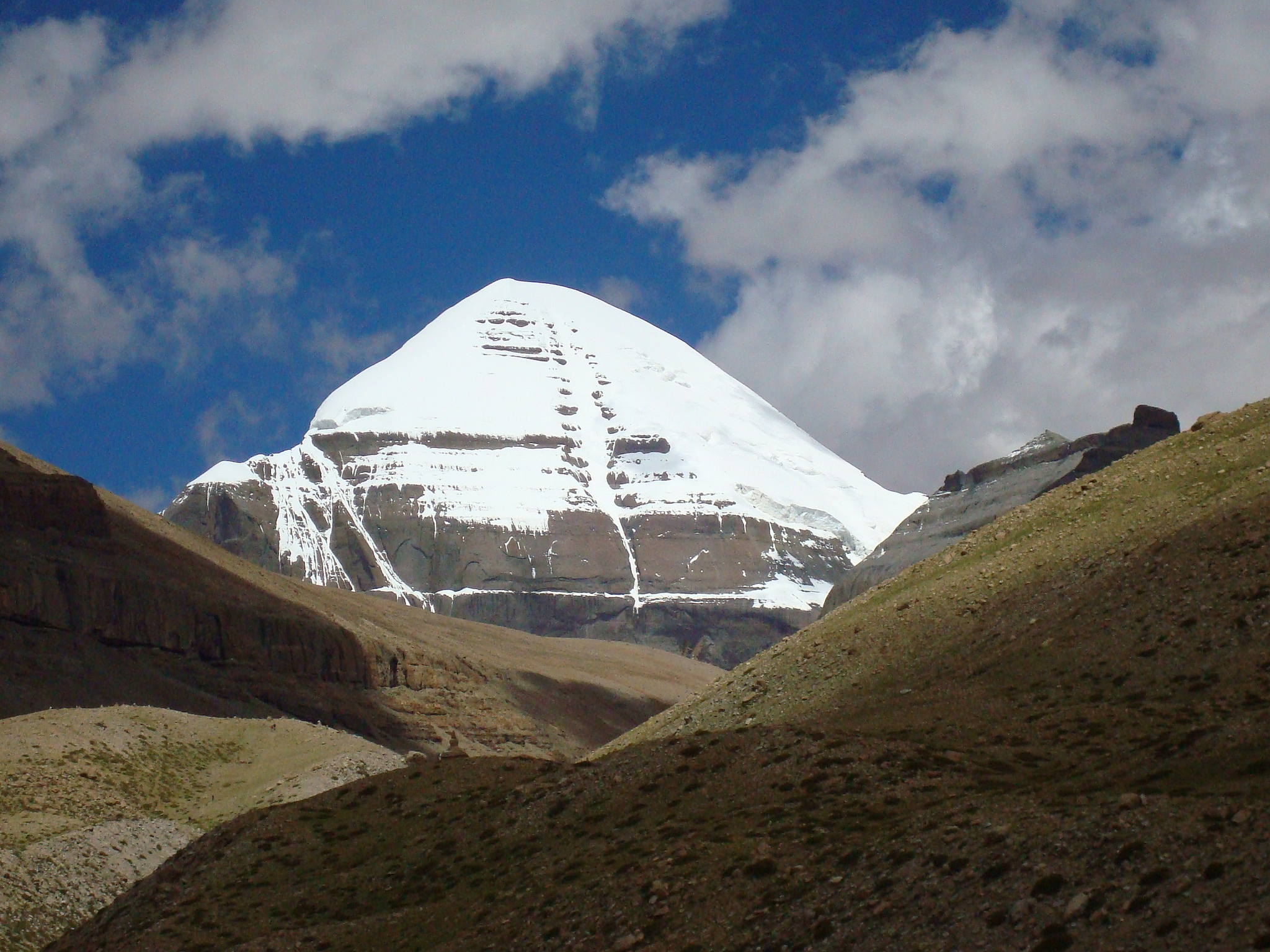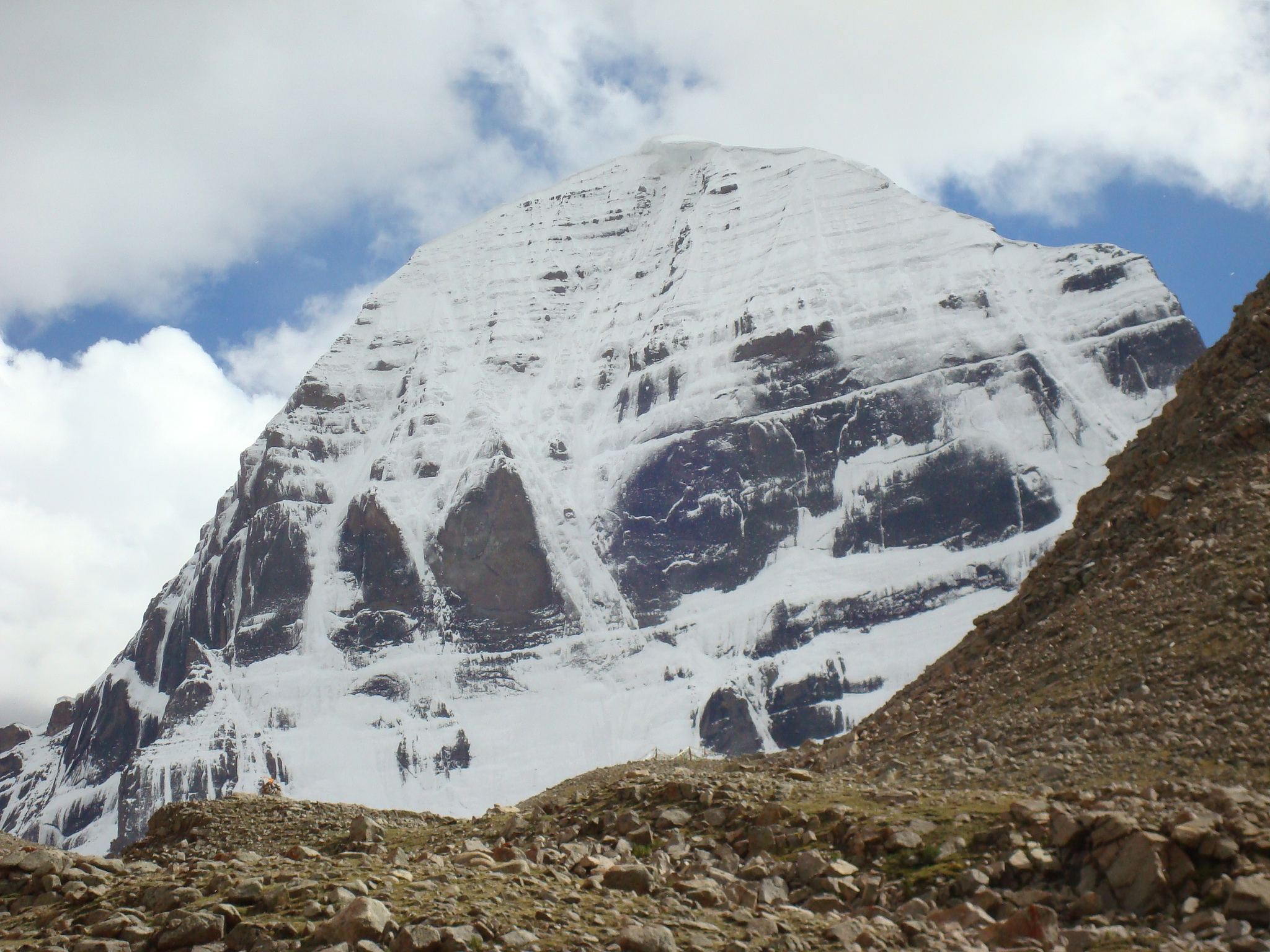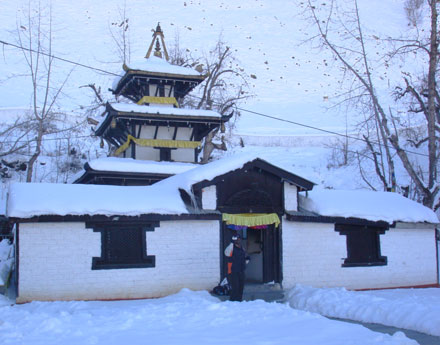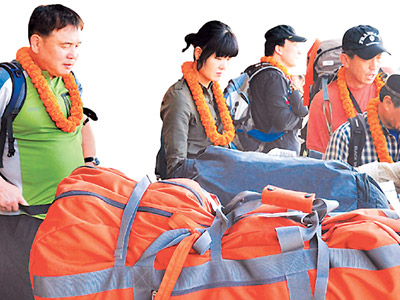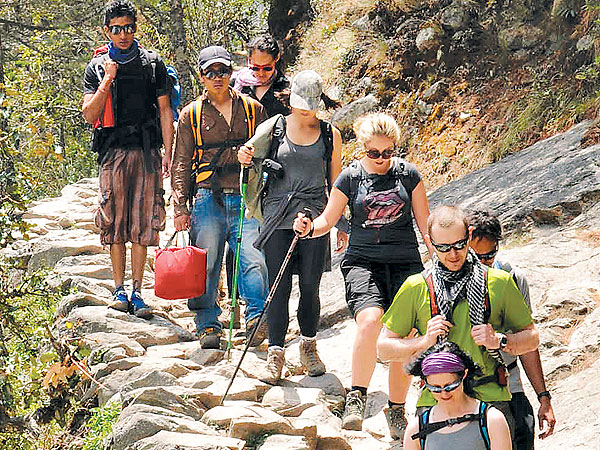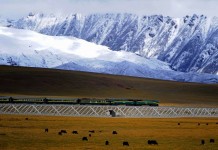
China is considering building a railway to Nepal with a possible tunnel through Mount Everest, state media said Thursday, as Beijing courts a country India regards as firmly within its sphere of influence.
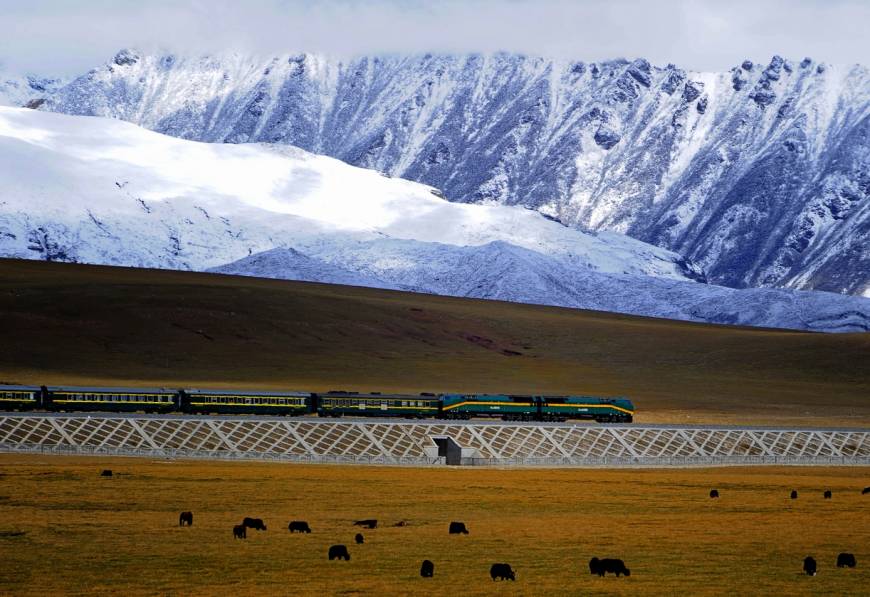
A passenger train travels the Qinghai-Tibet railway, about 100 km northwest of the city of Lhasa, in this file image from 2008. | JAN REURIK / CC-BY-SA-2.0
The Qinghai-Tibet railway already links the rest of China with the Tibetan capital Lhasa and beyond, and an extension running as far as Nepal’s border is already underway, the China Daily newspaper said.
It quoted a Tibet official as saying construction as far as the border will be complete by 2020. It also quoted an expert at the Chinese Academy of Engineering as saying the extension was made “at Nepal’s request.”
Chinese foreign minister Wang Yi visited Kathmandu in December and, according to Nepalese reports, said the line could eventually be extended to the Nepalese capital and further, potentially providing a crucial link between China and the huge markets of India.
Such a plan could see a tunnel being built under Mount Everest, the China Daily said.
“The line will probably have to go through Qomolangma so that workers may have to dig some very long tunnels,” expert Wang Mengshu told the newspaper, referring to Everest by its Tibetan name.
He said that, due to the challenging Himalayan terrain with its “remarkable” changes in elevation, trains on any line to Kathmandu would probably have a maximum speed of 120 kilometers per hour.
The proposal underscores China’s influence in the impoverished Himalayan nation, where Beijing has for years been building roads and investing billions of dollars in hydropower and telecommunications.
Chinese tourism to Nepal, which is home to eight of the world’s 14 peaks over 8,000 metres, is also climbing.
Beijing’s increasing role has raised alarms in New Delhi that China, already closely allied to Pakistan, is forging closer economic ties with Sri Lanka, the Maldives and Nepal in a deliberate strategy to encircle India.
In an apparent counter-move, Indian Prime Minister Narendra Modi pledged late last year that South Asia’s largest economy would fund a series of regional investments and free up its markets to its neighbours’ exporters.
But India has struggled to compete with China’s financial muscle.
Chinese plans to expand the rail network in Tibet have also come under criticism from rights groups including the International Campaign for Tibet, which has warned of the project’s “dangerous implications for regional security and the fragile ecosystem of the world’s highest and largest plateau.”
“The Chinese government’s claim that rail expansion on the plateau simply benefits tourism and lifts Tibetans out of poverty does not hold up to scrutiny and cannot be taken at face value,” ICT president Matteo Mecacci said in a statement last year.
Source: japantimes.co.jp






